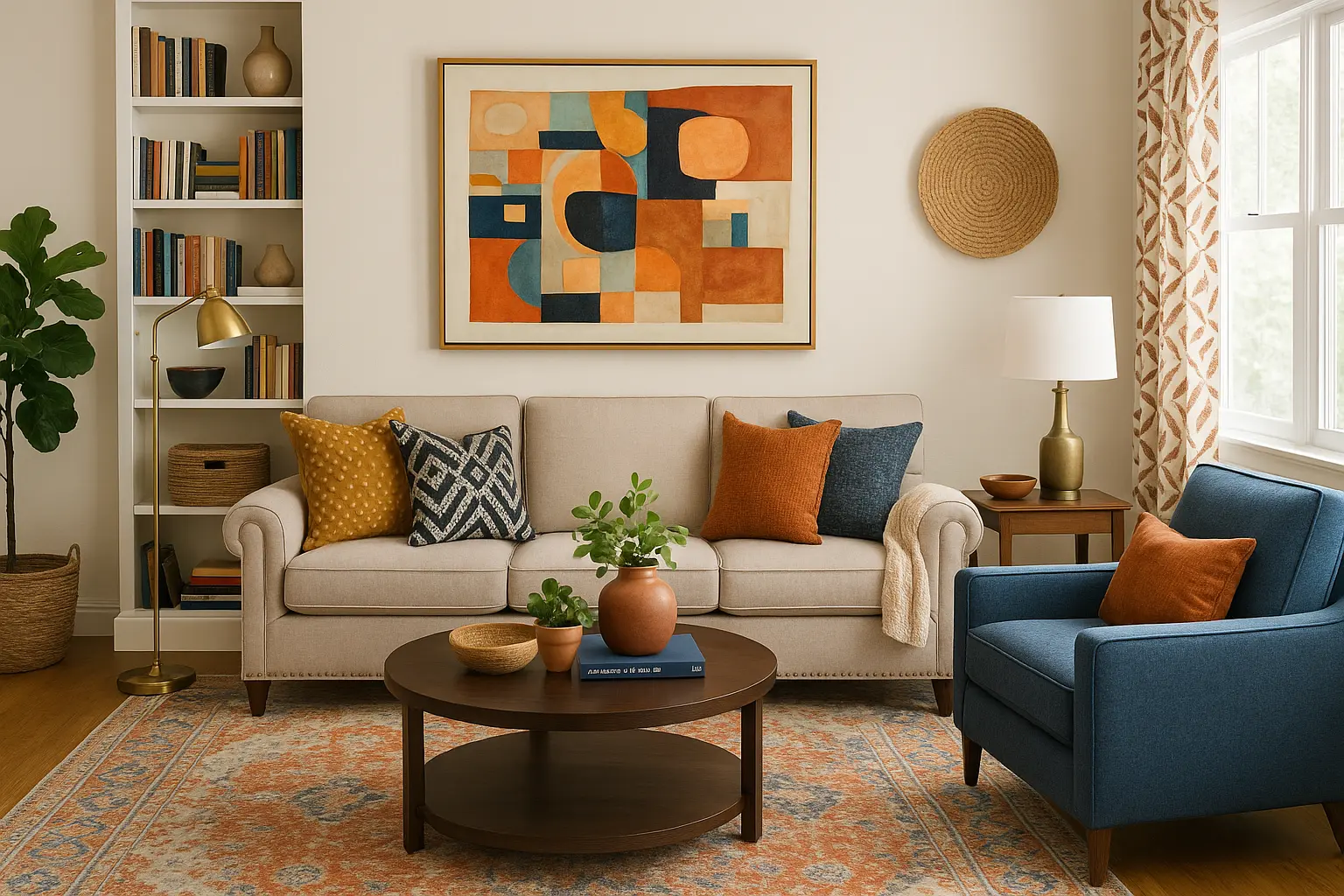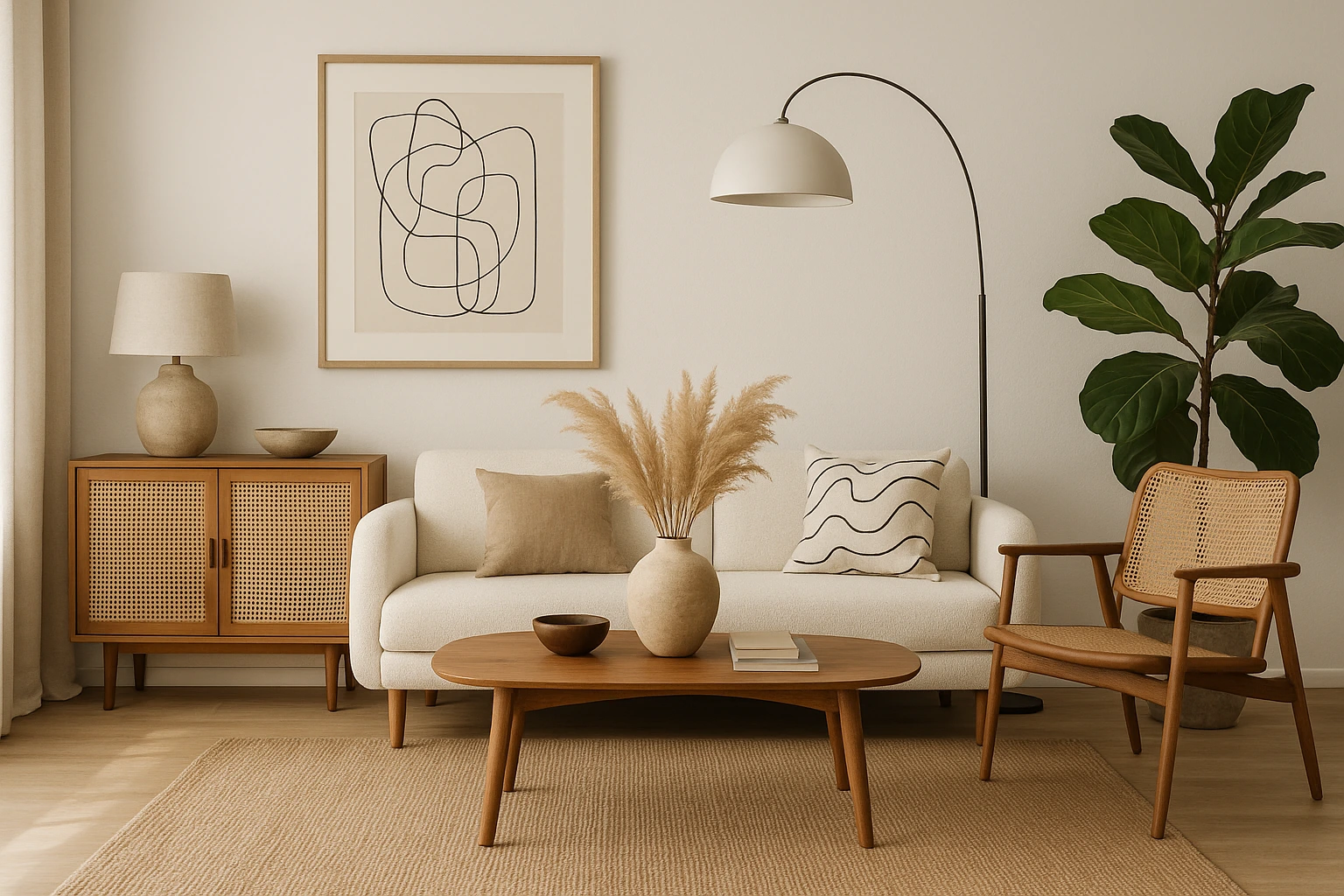Can a paint coat change a person’s mood? According to color psychology, it definitely can. And that is just one way through which thoughtful decorating changes the environment around a person. Thus, tying together a whole lot of works-from decorating singularly one room for the entire house-creation goes hand in hand with how one feels, functions, and thrives in that particular space
This guide covers the reasons, methods, and further considerations in decorating and building from fundamental principles, expert-approved tips, and practical steps you can take today.
Why Decorating Matters
Decorating is not just about pretty colors. It helps build up an environment that suits your lifestyle, personality, and mental health. Studies have shown that a well-decorated house may:
- Reduce stress
- Improve productivity
- Increase creativity
- Assist with better sleep and relaxation
Your home should be a manifestation of you while being tolerably practical. Consider decorating the binding agent between form and function, and give souls to the house.
Key Benefits of Thoughtful Decorating
- Enhanced Mood and Comfort: Soft textures and warm light combined with personalized touches make one feel comfortable instantly.
- Better Functionality: Great flow and usability come from well-planned furniture placement and organization.
- Increased Home Value: Especially interiors that have been designed for an aesthetic view tend to attract buyers or renters.
- Save Time and Energy: Organized spaces reflect a clean and clear surface from clutter.
Step by Step Guide: How to Decorate Any Room
1. Define Its Purpose
Ask yourself: What use is this area to serve? Does a home office require concentration? And surely a living room cannot be requested to provide comfort and conversation?
2. Choose a Style or Theme
Whether Scandinavian minimalism, boho chic, or modern farmhouse, select a design language that will reflect your taste.
3. Plan the Layout
Try arrangements from SketchUp or Roomstyler before moving anything physically.
4. Set a Color Palette
Stick to 3 or 4 core colors: a neutral, a dominant one, and one or two accent colors. Sherwin-Williams and Benjamin Moore have virtual walls to try paint colors on.
Step 5: Mix Your Layers: Texture and Lighting
Combine an array of fabrics (linen, velvet, leather), add area rugs, and layer different types of lights for depth: general lighting, task lighting, and accent lighting.
6. Add Personality to It
Use the art, books, or plants that tell your story beside your precious possessions.
Real-World Example: A Dining Room Makeover
Case Study: The Wilsons
Upon moving into a suburban house, the Wilsons wished the dining room to be elegant yet kid-friendly. Because of a limited budget, they bought a secondhand table with a custom slipcover for the chairs, painted the walls sage green, and set up a pendant light from IKEA. So it became one very warm room—used every day for meals, homework, and holiday dinners.
Tips and Advice for Action
- Start Small: When feeling overwhelmed, start with a smaller project, such as a reading nook or entryway.
- Make Mood Boards: Use Pinterest or Canva, or create a physical collage to get a good visualization of ideas.
- Invest Wisely: Spend more on impressive pieces that make a difference: sofas, and statement lighting; save on accents that are here today, gone tomorrow.
- Function First: A style without function means nothing. Firm paths must exist for your setting, but comfortable seats and good storage are also prerequisites.
Common Faults to Avoid
- Stuffiness: Always remember- less is more. Leave some space for furniture to breathe.
- Neglecting Scale: A tiny rug underneath a tall sectional can make a room feel totally out of balance. Always measure before you buy anything.
- Neglecting the Lighting: One ceiling fixture is not enough. There must be floor lamps, wall sconces, or under-cabinet lighting.
- Copying Trends: What works for the Pinterest-worthy model home may not exactly work for your kinda lifestyle.
What’s Going To Be Trending Soon In Decorating
- Biophilic design: The natural outdoors should include plants, natural daylight, and organic materials inside.
- Multifunctional Spaces: With the new normal of remote work, adaptable spaces are more important now than ever.
- Sustainable Choices: Upcycled furniture, low-VOC paints, and locally sourced decor are in the limelight.
- Smart Home Integration: Voice-commanded lights, automated blinds, and smart thermostats.
Conclusion: Design a Space That Works for You
Decorating is not about perfection. It is about creating a space that actually feels right for your being. By merging intention with inspiration, you can build a home that supports your requirements and mirrors your being.
Are you ready to embark on your decorating journey? Start exploring room guides, download a free checklist on home styles, and sign up for our weekly tips curated by top interior designers. One vote away, and there goes your dream space.




